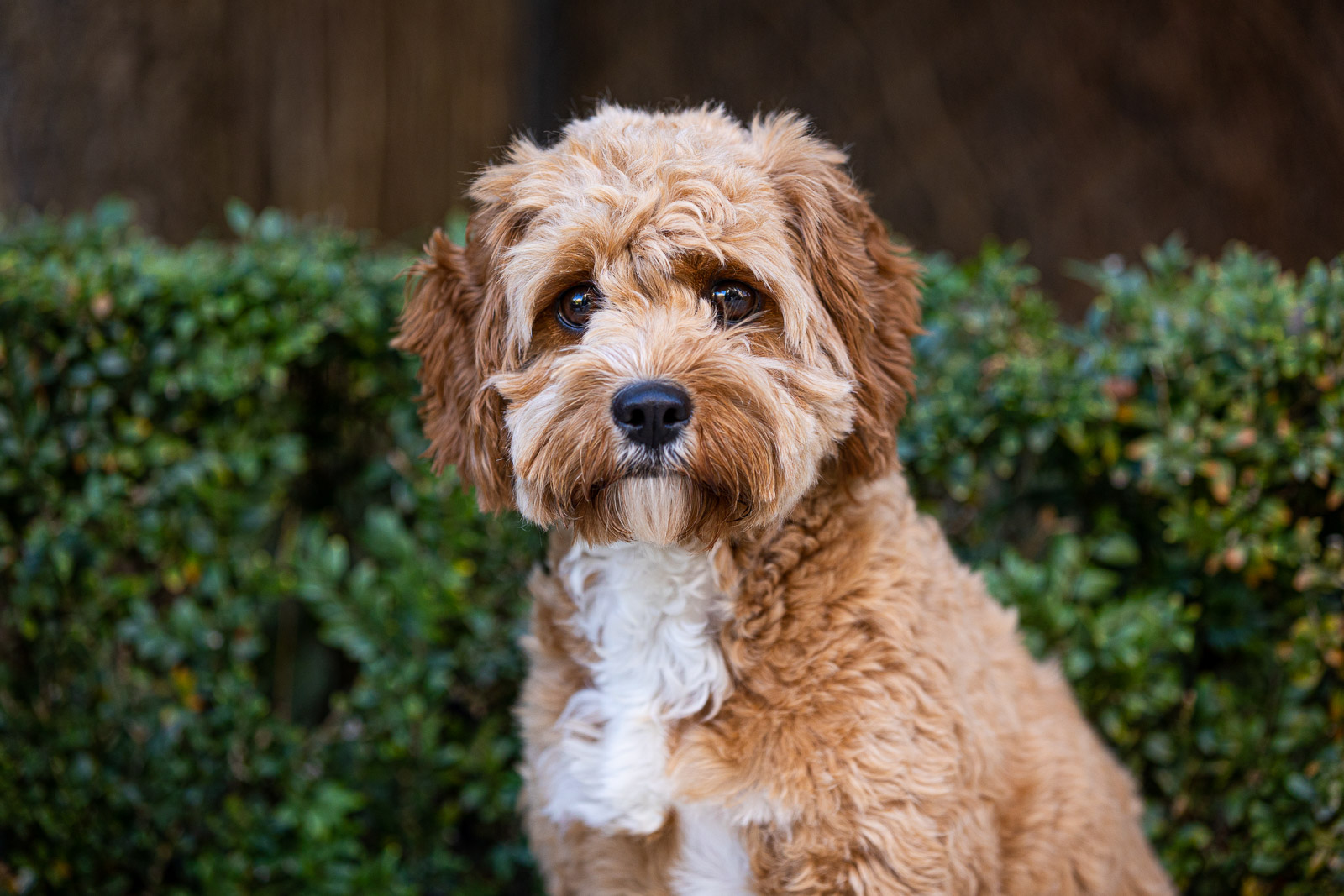Capturing Your Pet’s Personality Through the Lens
Pets are more than just animals we keep in our homes, they have truly become members of the family with their own little quirks and distinctive personalities. Whether you’re trying to capture the gleam in your cat’s eye as he mischievously considers a new adventure, or the boundless enthusiasm on your dog’s face as he awaits a game of fetch, it’s a pet photographer’s skill to capture such moments perfectly and get them on camera.
Photographing a pet is more than just getting a pet to pose for the perfect picture; it’s about capturing the fleeting moments that truly reflect your pet’s spirit. Here are some tips on how to capture spontaneous candids or thought-out posted portraits.
Understanding Your Pet
Take the time to consider your pet before you even pick up the camera. How does he behave in the environment and in relation to other things in the environment? What are your pet’s favourite activities? Does he have a spot he likes to go to a lot or a toy he especially loves? Find out what makes your pet happy or excited as these factors can help you capture true expressions of his personality.
Candid vs. Posed
Candid and posed photographs have their own pros and cons in pet photography, and they each have different goals.
- Candid Shots
Candid photography is all about capturing your pet in its most natural and unposed state. Most of the time, these types of photos reflect your pet’s personality the best. To take good candid photos, you need to have your camera ready at all times and to be alert.
You may want to capture your cat lazily stretching under the sun or your Mini Cavoodle’s exuberant dash across the park. The key to getting a good shot is minimal interference; just let your pet do what they love and be ready to snap the shot at the perfect moment.
- Posed Portraits
Although more controlled, posed photos can also show a lot of your pet’s personality, especially if you choose props or pet outfits that reflect your pet’s character. A great example of this is a portrait of your dog with his favourite toy or your cat in her favourite sleeping spot.
When setting this up, make sure your pet is comfortable and relaxed. A good way to do this is by giving them treats or a lot of affection until they’re calm and happy. Try to capture them in their most natural state as forced poses may look stiff and not reflect the true spirit of your pet.
Lighting and Environment
Good lighting is key to a good photograph, and natural lighting is the best choice to get the most true to life colours and shadows. Try to take photos during the day when there’s a lot of natural light. If you’re indoors, try to place your pet in a spot by a window with a lot of sunlight. On overcast days, outdoor photos might be more ideal as clouds can act like a natural diffuser, spreading light softly and not harshly.
The environment you opt for is an important factor in this photo and it should reflect your pet’s lifestyle or personality. Try to get a photo of them in their favourite hangout or have them do their favourite activities to make the photos more personal and authentic.
Camera Settings and Techniques
To get better and more focused photos of your pet, especially in action shots, you will need to adjust your camera settings. Set your camera to a faster shutter speed to properly capture fast movements. A shutter speed of at least 1/500th of a second will minimise blur when shooting movement. Using a higher ISO setting can also help with lower light conditions, because images tend to blur in lower light conditions if the ISO is not set properly.
For portrait shots, you may want to use a shallow depth of field to achieve a better focus on your pet. You can adjust your aperture to a lower value (such as f/2.8 or f/4) if you want to blur the background, bringing more focus to the subject of your photo – your pet.
Patience and Persistence
Patience is perhaps the most essential quality required when wanting to get into pet photography. Your pets likely don’t understand what the photographs are for so they won’t always cooperate with you. Be prepared, therefore, to take a lot of shots before you get a few good ones. Try to keep the sessions fun for both you and your pet. And if either of you get frustrated, give yourself and your pet a break and try again later.
Final Words
Capturing your pet’s personality through photographs is a great way to celebrate their value in your life and to remember them for years to come. It may take time, observation, and a little creative effort on your part, but the results will be incredibly rewarding. Every photo taken is another piece in the story you share together, whether it’s a candid shot of them being themselves or posed in a portrait reflective of their nature. Of course, if you’d like to make things easier for you, you can opt to get a professional pet photographer that can do it all for you.
Find Professional Pet Photographers in Sydney, Melbourne & Brisbane
Whatever life stage your pet is at, your local pet photographer will have the perfect package to suit your furry friend!





